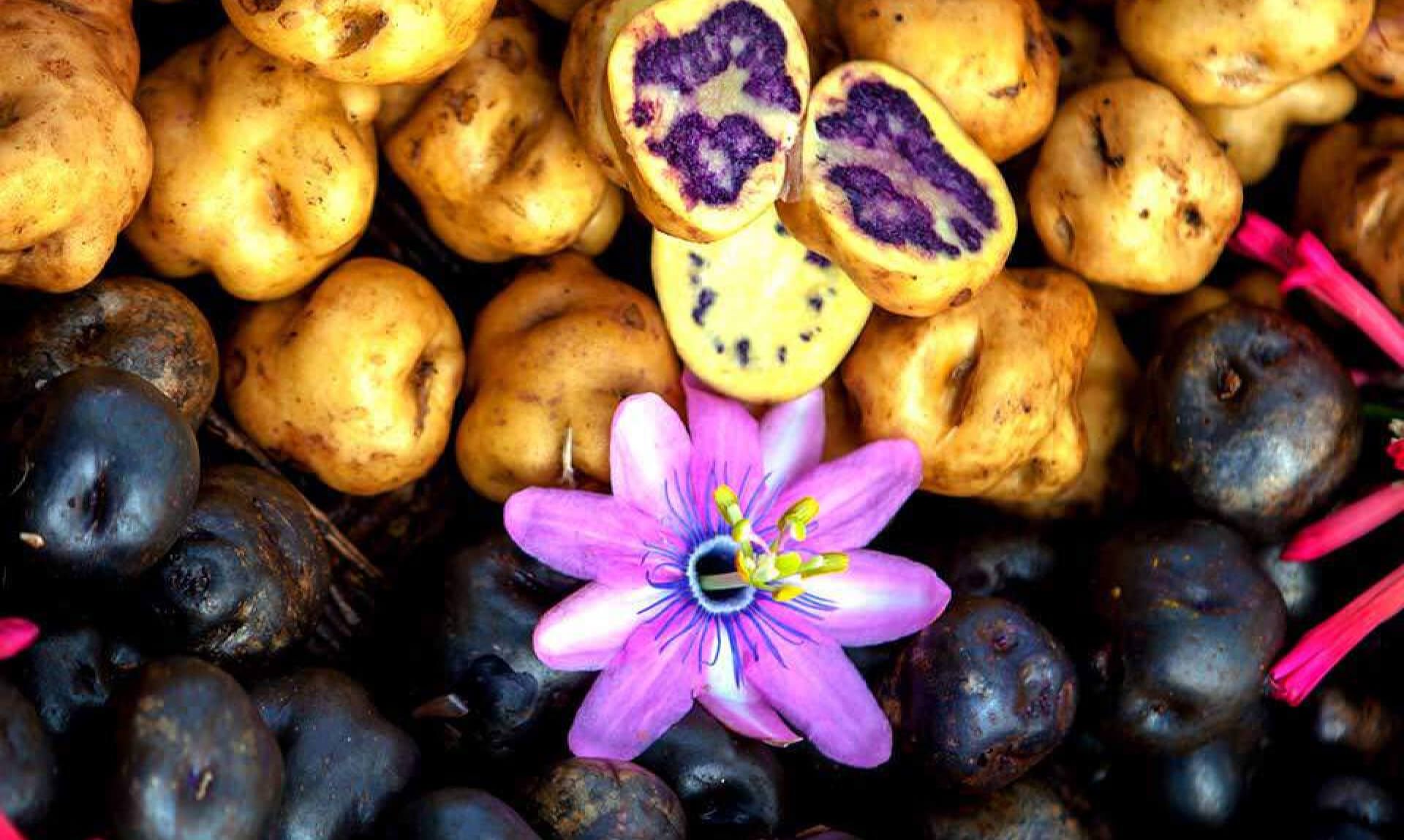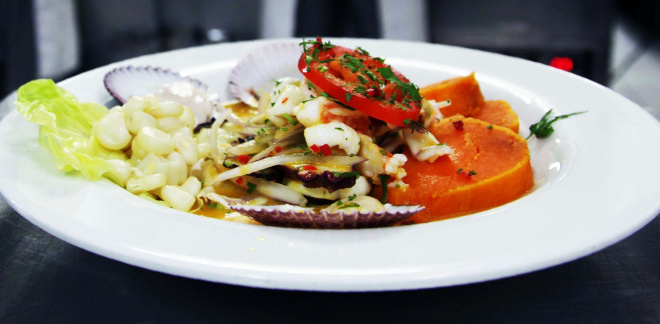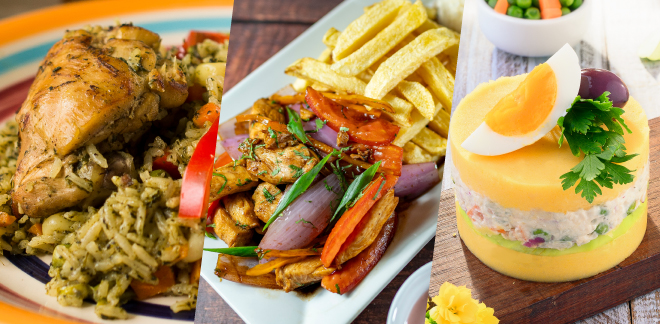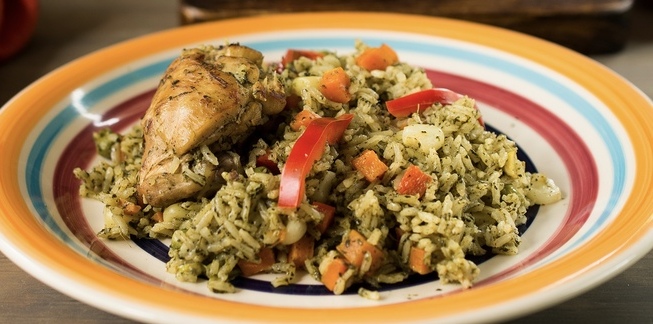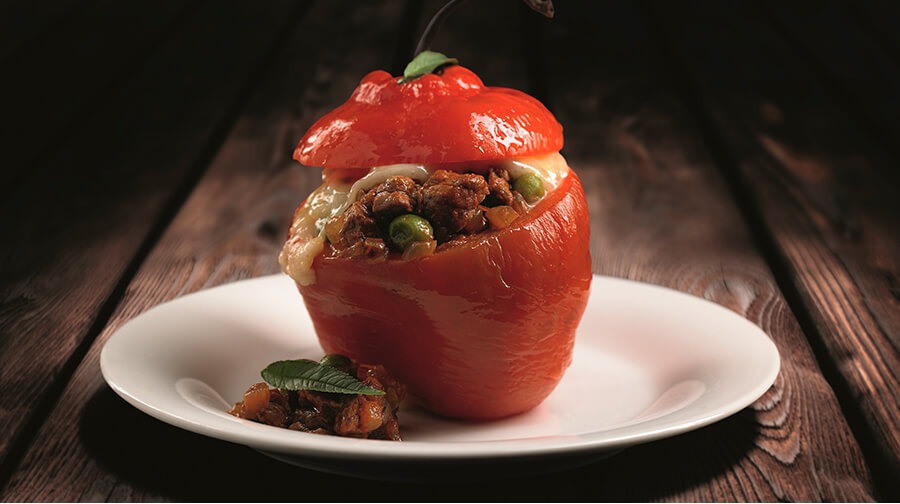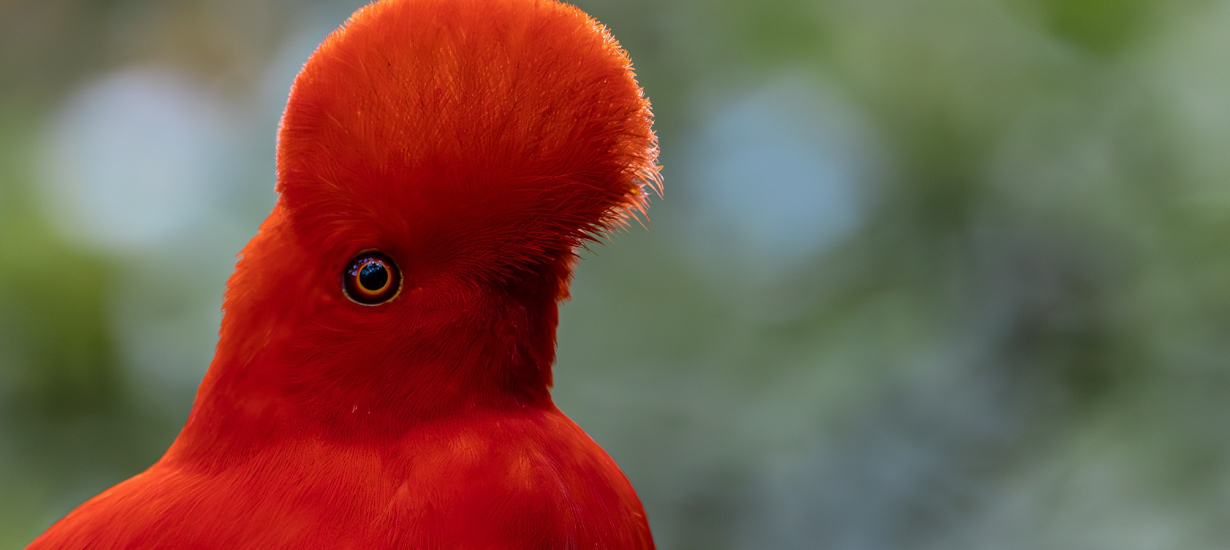Purple corn: Discover the superfood behind the magic of chicha morada
Síguenos en:Google News
This grain offers several distinctive advantages for the body.
On May 5th, Purple Corn Day was officially proclaimed, celebrating this Peruvian superfood renowned for its nutritional benefits and promoting good health. It also holds a significant role as the primary ingredient in iconic Peruvian dishes like mazamorra morada and chicha morada, both beloved recipes of Peruvian cuisine.
In an emblematic Peruvian song, the phrase "Maiz hermano, granito eterno" (brother corn, eternal grain) resonates. Corn has been crucial in Andean culture since ancient times, with purple corn holding particular significance for centuries.
Purple corn, indigenous to Peru and scientifically classified as Zea mays L., stands out as one among the diverse range of corn strains cultivated in Peru. Its cultivation predominantly thrives in the regions of Ancash, Apurimac, Arequipa, Ayacucho, Cajamarca, Huanuco, Huancavelica, Huancavelica, Ica, Junin, La Libertad, Lima, and Moquegua. Harvesting primarily occurs from November through April.
Icon of Andean heritage
In Andean societies, purple corn serves not just as a dietary cornerstone but also as a potent emblem of cultural heritage. Legend holds that purple corn found its roots in the heart of the Andes over 2,000 years ago, and it has remained an indispensable component of community sustenance and tradition ever since.
The connection with identity is evident across diverse cultural expressions, ranging from music and art to ceremonies like Inti Raymi, the Festival of the Sun. During this event, offerings of purple corn are presented to the gods as a gesture of gratitude for the harvests.
In Andean cosmology, purple corn holds a significant position, symbolizing fertility, abundance, and a link to the divine. It's thought of as a divine offering, bestowed by the gods, hence its consumption is enveloped in profound reverence and respect for nature and the rhythms of existence.
Highly nutritious
The cultivation and consumption of purple corn on a national scale play a vital role in enhancing the food security of the rural communities engaged in its growth. Renowned for its potent antioxidant properties, purple corn is rich in anthocyanins, compounds known to counteract molecules harmful to healthy cells. Recent studies have indicated that these anthocyanins play a significant role in preventing the formation of diseases like colon cancer and other malignancies affecting vital organs.
Culinary
Purple corn is a fascinating and versatile ingredient that offers a wide range of culinary possibilities. This superfood not only adds an attractive visual touch to dishes but also brings a sweet flavor that harmonizes well with a variety of ingredients and cooking techniques.
The ingredient is used in a variety of traditional Peruvian dishes, such as chicha morada, desserts such as mazamorra morada, and some stews and soups.
Mazamorra morada: This delightful treat hails from Peru's culinary heritage, blending cooked purple corn with fruits like pineapple, apple, and quince, seasoned with spices like cinnamon and cloves. Served chilled, it pairs wonderfully with whipped cream or some fresh cheese.
Chicha morada: This beverage is a delightful Peruvian specialty, made with cooked purple corn, pineapple, cinnamon, and sugar. After being boiled together, the mixture is strained to obtain a rich purple juice, best enjoyed chilled with ice.
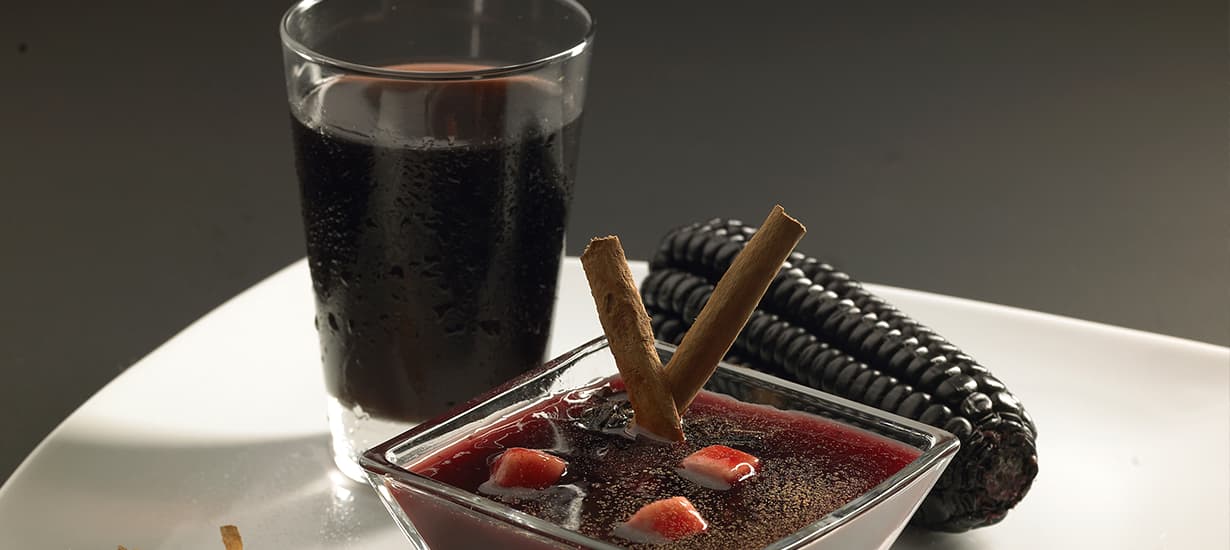 Photograph: PROMPERU
Photograph: PROMPERU
Were you aware of the existence of a fresh strain of purple corn?
Nestled in the heights of Sicaya, along the robust Mantaro River in Huancayo province, within the Junín region, lies the "Sicainito" – an innovative strain of purple corn poised to transform agricultural practices in the area. Renowned researcher Alain Brisen Rutti Chachico highlights that this innovative crop is not just about boosting farmers' yields, but also reducing the need for agrochemicals.
Purple corn is part of the country's rich heritage of agricultural biodiversity. Its cultivation and conservation help preserve crop genetic diversity. Purple corn and other traditional corn varieties play an important role in the conservation of agrobiodiversity and the protection of traditional agricultural knowledge and practices.

